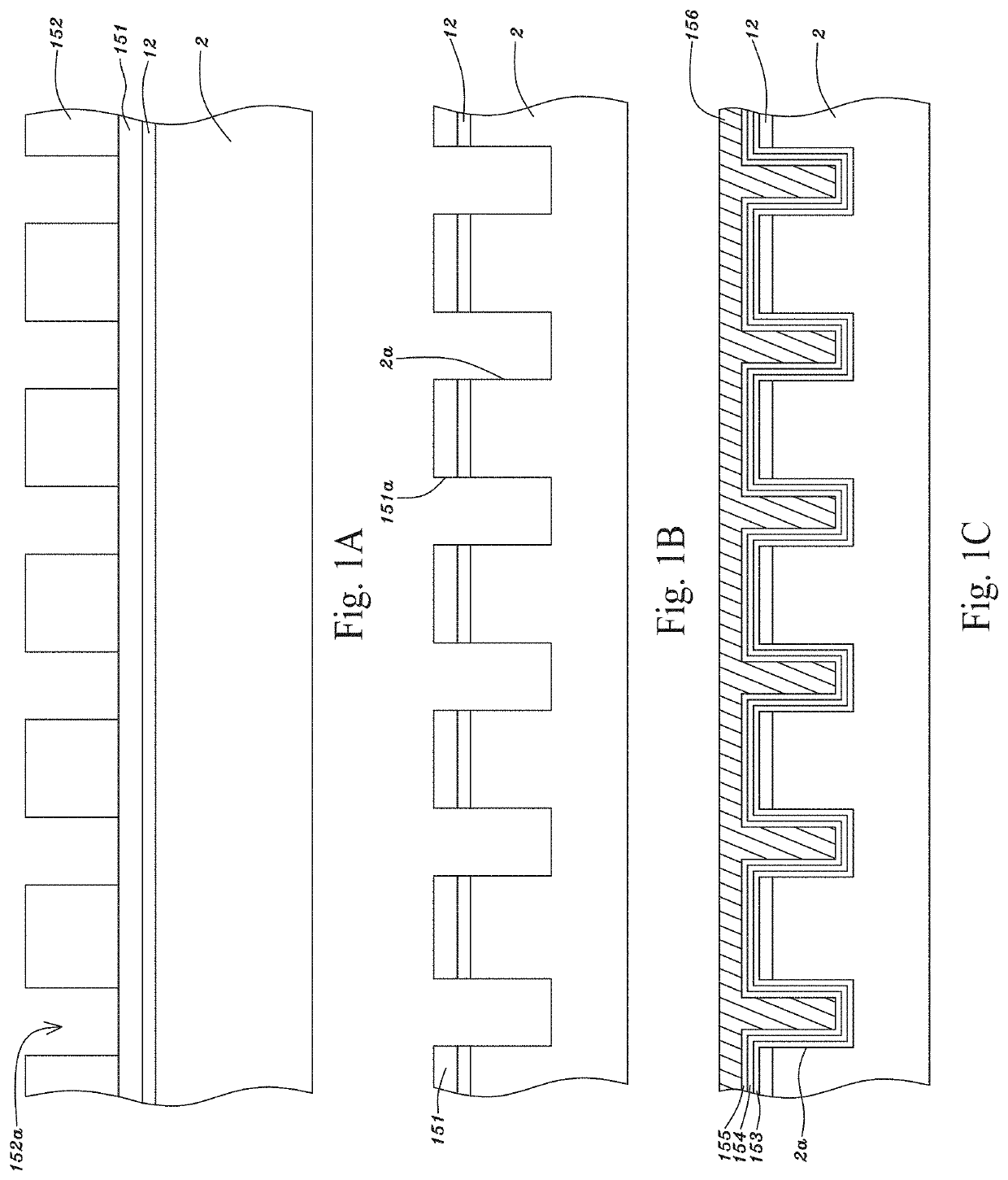Vertical interconnect elevator based on through silicon vias
a vertical interconnect elevator and silicon via technology, applied in the direction of semiconductor devices, electrical equipment, semiconductor/solid-state device details, etc., can solve the problems of higher fabrication cost, lower fabrication yield, and more power consumption, so as to accelerate workload processing or application, reduce nre cost, and reduce non-recurring engineering costs
- Summary
- Abstract
- Description
- Claims
- Application Information
AI Technical Summary
Benefits of technology
Problems solved by technology
Method used
Image
Examples
Embodiment Construction
for a more effective presentation. Conversely, some embodiments may be practiced without all of the details that are disclosed.
[0112]Specification and Process for First and Second Types of Vertical-Through-Via (VTV) Connectors (Vertical-Interconnect-Elevator (VIE) Chips or Components) Processed from Through-Silicon-Via (TSV) Wafer(s)
[0113]A vertical-through-via (VTV) connector is provided with multiple vertical through vias (VTVs) for vertical connection to transmit signals or clocks or deliver power or ground in a vertical direction. The vertical-through-via (VTV) connector may be processed from one or more through-silicon-via (TSV) wafer(s), mentioned as below:
[0114]1. First and Second Types of Vertical-Through-Via (VTV) Connectors for Through-Silicon-Via Interconnect Elevators (TSVIEs) Processed from Single-Layered Through-Silicon-Via (TSV) Wafers
[0115]FIGS. 1A-1G are schematically cross-sectional views showing a process for forming first and second types of vertical-through-via ...
PUM
| Property | Measurement | Unit |
|---|---|---|
| insulating | aaaaa | aaaaa |
| width | aaaaa | aaaaa |
| thermoelectric | aaaaa | aaaaa |
Abstract
Description
Claims
Application Information
 Login to View More
Login to View More - R&D
- Intellectual Property
- Life Sciences
- Materials
- Tech Scout
- Unparalleled Data Quality
- Higher Quality Content
- 60% Fewer Hallucinations
Browse by: Latest US Patents, China's latest patents, Technical Efficacy Thesaurus, Application Domain, Technology Topic, Popular Technical Reports.
© 2025 PatSnap. All rights reserved.Legal|Privacy policy|Modern Slavery Act Transparency Statement|Sitemap|About US| Contact US: help@patsnap.com



